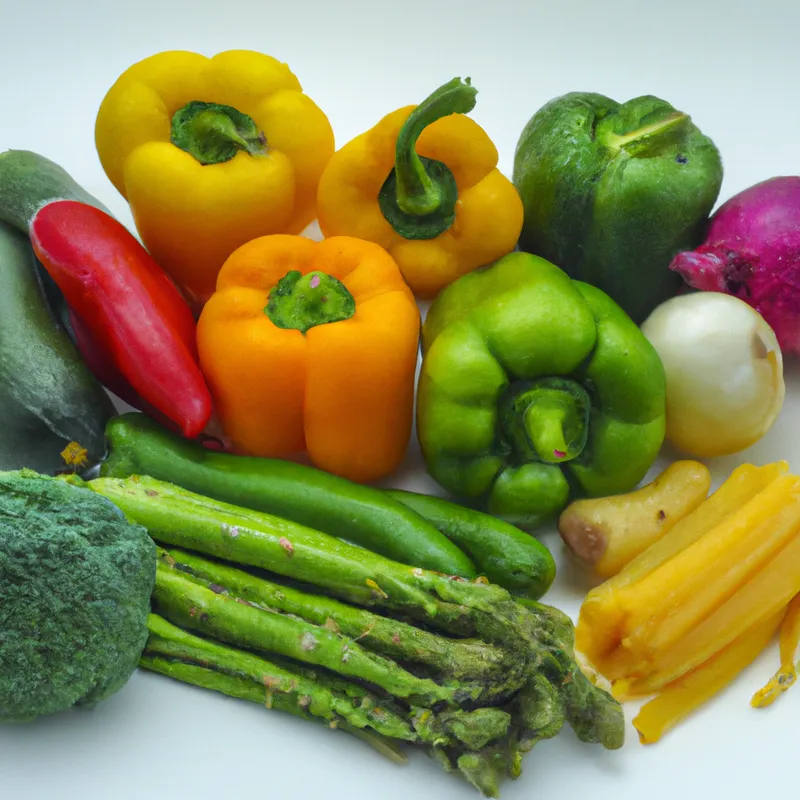Optimize Your Diet with High-Fiber Foods
The Best High-Fiber Foods for Your Macro Goals
Fiber plays a vital role in a balanced diet. It aids digestion, controls blood sugar, and supports heart health. If you aim for specific macro goals, high-fiber foods can boost your nutrition. This post highlights the best high-fiber foods for various dietary plans.
Understanding Fiber and Its Benefits
Fiber exists in two types: soluble and insoluble. Soluble fiber dissolves in water and lowers cholesterol. Insoluble fiber adds bulk to stool and aids digestion. Both types are essential for health.
Adding fiber to your diet offers many benefits. It helps you feel full longer, aiding weight management. High-fiber foods often contain essential vitamins and minerals, supporting your macro goals and overall health.
Top High-Fiber Foods to Include
Consider these high-fiber foods that fit various macro goals.
1. Lentils
Lentils offer excellent nutrition. They contain about 15.6 grams of fiber per cooked cup. Lentils also provide protein, making them ideal for vegetarians. Add them to soups, salads, or main dishes easily.
2. Chia Seeds
Chia seeds pack a powerful punch. Two tablespoons contain around 10 grams of fiber. They also provide healthy omega-3 fatty acids. Mix chia seeds into smoothies, yogurt, or oatmeal. They absorb water and expand, promoting fullness.
3. Whole Grains
Whole grains, like quinoa, barley, and brown rice, are fiber-rich. One cup of cooked quinoa contains about 5 grams of fiber. Whole grains also deliver complex carbohydrates, providing lasting energy for active lifestyles.
4. Fruits and Vegetables
Many fruits and vegetables contain high fiber. Apples, bananas, and berries rank particularly high. A medium apple has about 4 grams of fiber. Leafy greens like spinach and kale also boost fiber intake. They are low in calories and rich in nutrients, perfect for weight management.
Tips for Incorporating Fiber into Your Diet
Adding fiber to meals is straightforward. Use these practical tips to achieve your macro goals.
Start Your Day with Fiber
Kick off your day with a high-fiber breakfast. Choose oatmeal topped with fruits and nuts. Try a smoothie with spinach, chia seeds, and berries. Starting with fiber keeps you satisfied until lunch.
Snack Smart
Avoid chips and sweets; choose fiber-rich snacks instead. Fresh fruits, raw vegetables with hummus, or nuts make great choices. These snacks maintain energy levels and curb cravings.
Experiment with Recipes
Explore new recipes that include high-fiber foods. Add beans to salads or whole grains to soups. Bake with whole grain flour instead of white flour. Trying new recipes keeps meals exciting and nutritious.
The Role of Fiber in Meeting Macro Goals
Fiber significantly aids in achieving macro goals. Including high-fiber foods helps you feel full, preventing overeating. This supports weight loss or maintenance effectively. Fiber-rich foods often have lower calorie density, allowing larger portions without exceeding calorie limits.
High-fiber diets also help regulate blood sugar levels. This is crucial for those managing diabetes or metabolic syndrome. Stabilizing blood sugar helps maintain energy throughout the day.
Incorporating fiber into meals promotes gut health. A healthy gut microbiome is vital for overall health. Fiber acts as a prebiotic, feeding beneficial gut bacteria.
Conclusion
High-fiber foods are essential for meeting macro goals. They provide health benefits, including improved digestion and weight management. Incorporate lentils, chia seeds, whole grains, fruits, and vegetables into your diet to boost fiber intake. Start your day with fiber, snack smart, and try new recipes. With these tips, you can achieve your nutrition goals while enjoying delicious foods.
Below are related products based on this post:
FAQ
What are the two types of fiber and their benefits?
Fiber comes in two types: soluble and insoluble. Soluble fiber dissolves in water and helps lower cholesterol, while insoluble fiber adds bulk to stool and aids digestion. Both types are essential for maintaining good health.
How can I incorporate more fiber into my diet?
Incorporating more fiber into your diet can be simple. Start your day with high-fiber breakfasts like oatmeal with fruits, choose fiber-rich snacks like fresh fruits or raw vegetables, and experiment with recipes by adding beans or whole grains to your meals.
What are some high-fiber foods that can help meet my macro goals?
Some high-fiber foods that can aid in meeting your macro goals include lentils, chia seeds, whole grains like quinoa and brown rice, as well as various fruits and vegetables like apples and leafy greens. These foods not only provide fiber but also essential nutrients that support overall health.















Post Comment